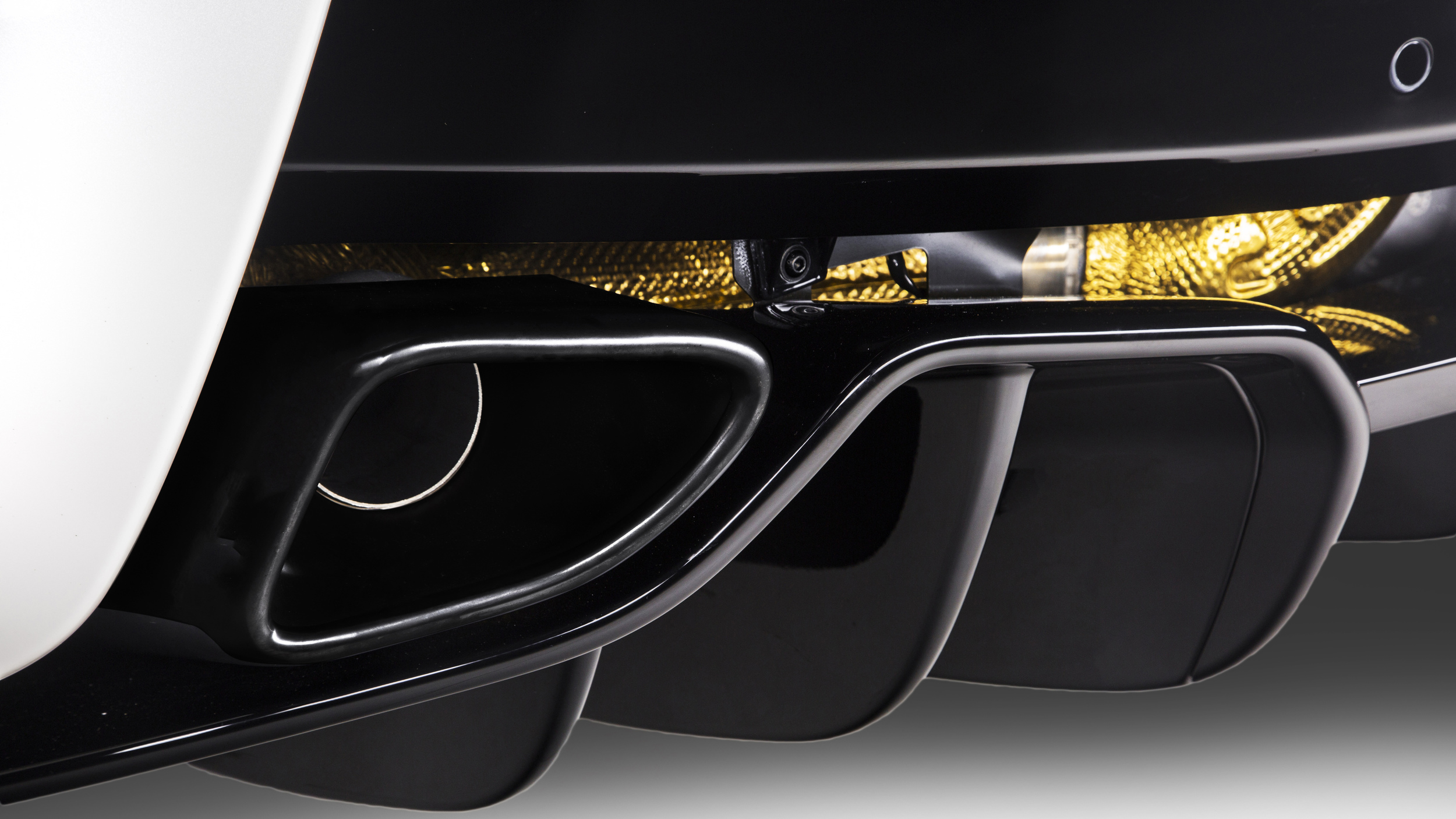When you own a McLaren 570GT you want to look good … and impress the opposite sex. Why else would you buy one? Unfortunately, the factory model is equipped with a rather large glass roof panel, which, on a summer’s day, has been known to roast and crisp its occupants. Climbing out of your McLaren with a scolded bald head and sweat dripping from your brow isn’t the best look. A fatal design flaw that McLaren installed, yes, but McLaren Special Operations (MSO) has the answer. In a much-needed makeover, the McLaren 570GT will receive an electrochromic roof that is currently being designed for production.

Acting as a mid-layer in the existing roof, the light passing through the electrochromic layer will now dictate how much interior light the cabin will see. Sunny day? No problems! Using one of the five lighting settings that range from clear to dark, the panel will keep the cabin comfortable for the occupants and reduce any unwanted glare.

Other new features in the MSO edition will include a better-sounding titanium exhaust system, which is much lighter than the original stainless system, a unique pearl-white paint job, carbon-fibre sill panels, and gloss-black side skirts, door inserts, and wheels.
Images: McLaren








